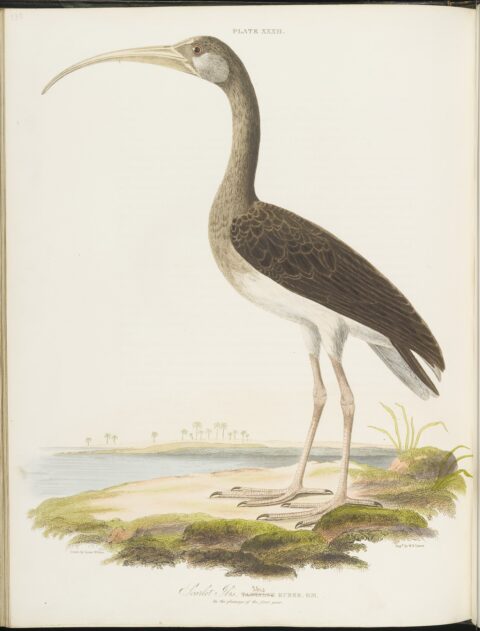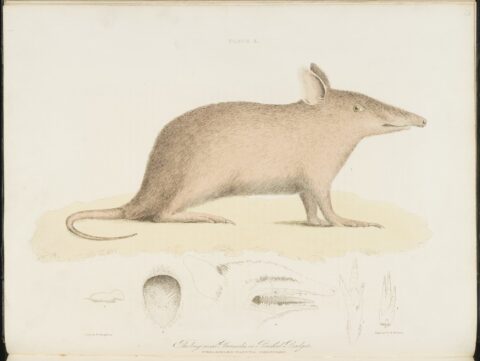Through the Eyes of Gillian
Exploring a zoological illustration of a pair of chameleons
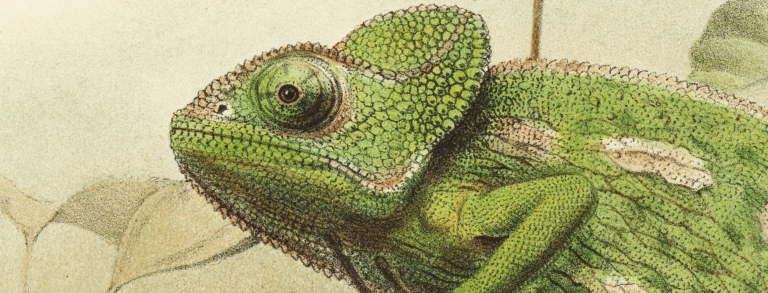
Meet Gillian (she/they), a longstanding member of the GeoSciences department at the University. They describe themself as someone who likes rocks, and is often encountered “lurking” in storerooms. They chose a book excerpt from The Zoology of Egypt containing two chameleons because it reminded them of exploring the Mediterranean whilst doing research for their PhD.
Gillian was drawn to the sense of movement that was captured in this image of a pair of chameleons, created by elements such as its outstretched hand reaching for a branch. They speculated on the possible colonial history behind the image, as well as the Victorian need to catalogue the world. However, despite these possible contexts, they found the image calming, a reminder of the slow-moving chameleon in its natural habitat.
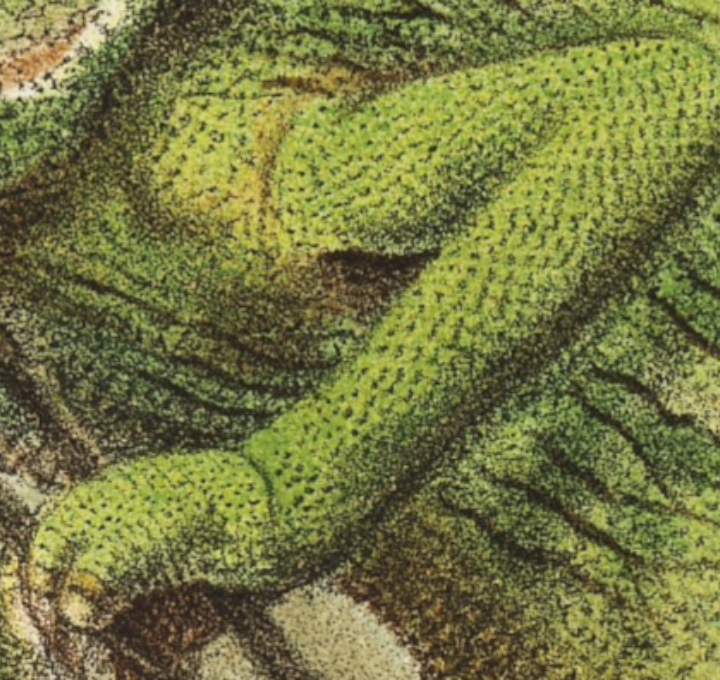
‘The way his elbow is bent has a dynamism to it. He looks like he’s about to go for the next branch’.
|
||
| Object reference | L*.17.93 |
|---|
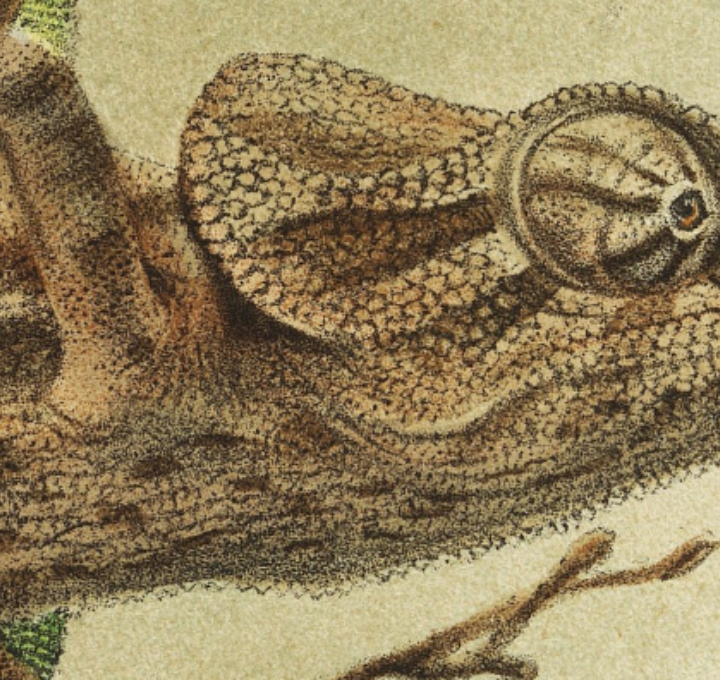
‘It’s surprising that there are two chameleons in this picture because the brown one does really disappear into the background, but that’s the point’
|
||
| Object reference | L*.17.93-94 |
|---|
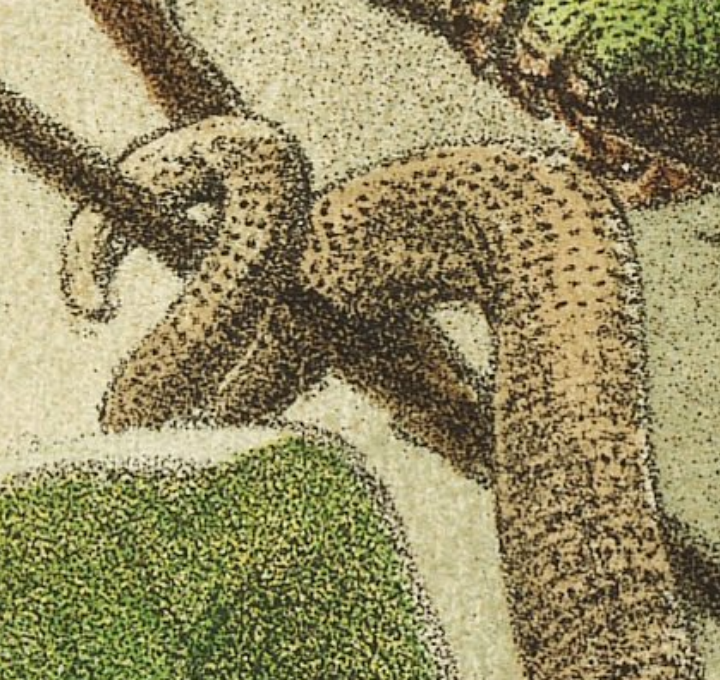
‘I like the way the tail is coiling around the branch because it shows that the chameleon has full bodily engagement with the plants and with the colour change feel like its fully engaged with its environment’.
|
||
| Object reference | L*.17.93-94 |
|---|
Follow along with a grounding exercise from Dr Kitty Wheater. Click play to start the audio, and then explore the image below using the zoom and movement functions.
If you would like to try it with another artwork, or, perhaps, as part of your daily mindfulness routine, the audio is also available for download by clicking on the menu icon and selecting "Download".
This illustration of a pair of chameleons is from the book Zoology of Egypt by John Anderson. Anderson was born in Edinburgh and studied medicine at the University of Edinburgh. He was appointed to the chair of natural history in the Free Church College. Anderson travelled extensively throughout India, China, and Africa, studying and cataloguing fossils and recording new species and mammals that he encountered. The preface of the book was written by Anderson’s wife as a memorial to Anderson, who died before its completion.
|
||
| Object reference | L*.17.93 |
|---|
Through Your Eyes
Now, feel free to take what you need from this exhibition. Kitty’s audio, which guides you through mindful engagement, is available to download here. Why not try using it with the related collections items below?

